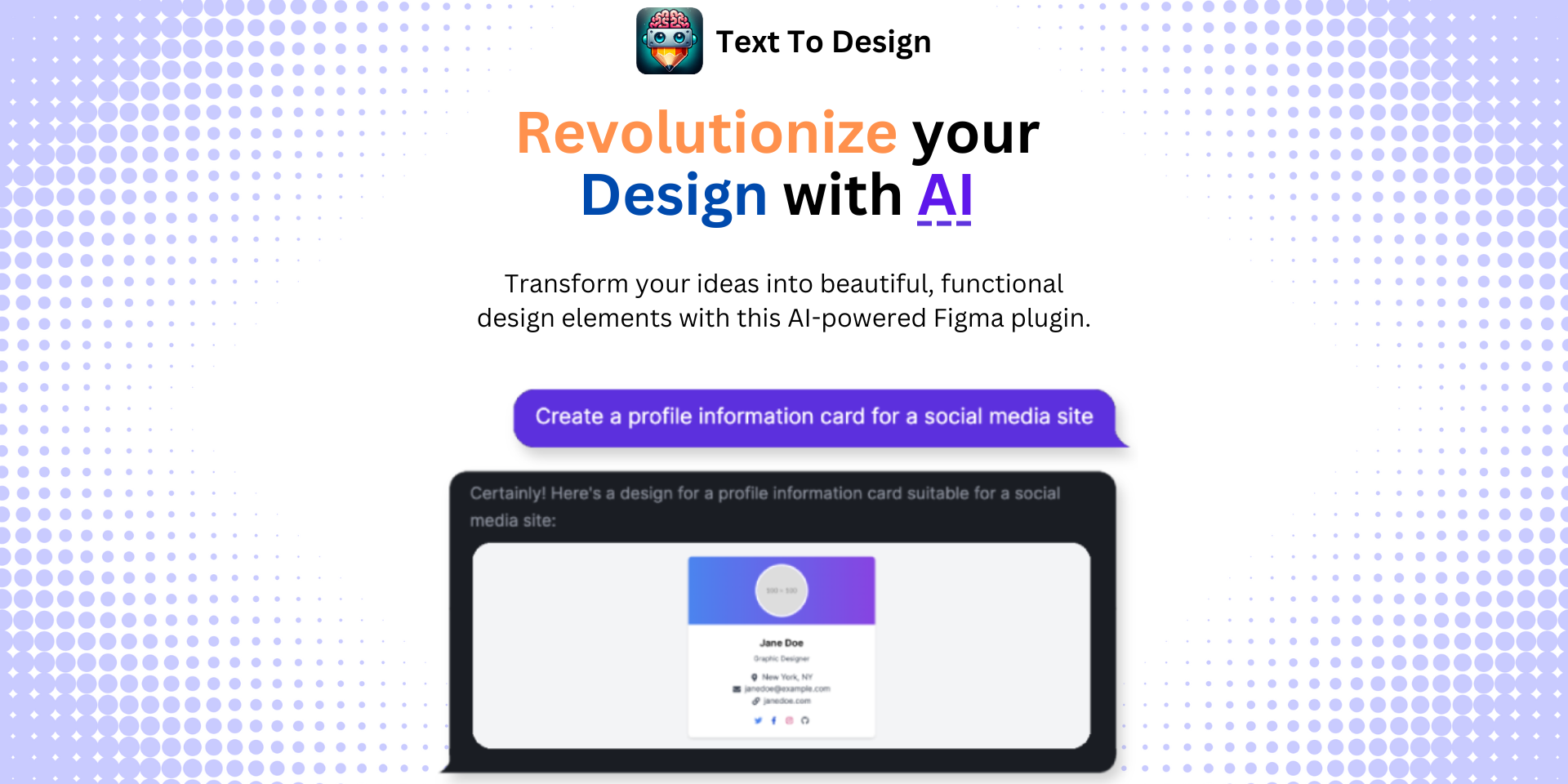Figma and the Revolution of Variable Fonts: Breaking Boundaries in Typography
No results found
11/8/2023
Figma and the Revolution of Variable Fonts

As a designer, the tools you use can significantly impact your workflow, creativity, and output. Figma, a well-renowned design tool, has been making waves in the design world for its innovative features and robust capabilities1. Among the many features that Figma offers, one stands out for dramatically broadening the possibilities of design and typography - variable fonts2. Here is an extensive exploration of Figma's support for variable fonts, their implications on design, and how they can enhance your creative process.
Understanding Variable Fonts
In contrast to static fonts, which have fixed options like bold or italic, variable fonts offer a wider range of styles within a single typeface2. This feature allows you to control and experiment with various aspects of a typeface's design, such as width or weight, offering more expressive possibilities3.
Variable fonts use axes to determine certain design aspects. These axes can be classified into two categories:
- Continuous Range Axes: These allow for changes across a continuous range, such as the transition from light to bold.
- Binary Axes: These have only two states, much like a switch, such as italic on or off3.
Benefits of Using Variable Fonts in Figma
Efficient Development
Variable fonts can reduce webpage loading time by offering access to the entire font range within a single file3. This efficiency can lead to faster design prototyping and a smoother user experience.
Enhanced Reading Experience
By adjusting the font weight with the grade axis, you can enhance readability. Modifying text spacing with the width axis can help create a balanced text layout. Additionally, you can add a sense of liveliness to your designs by adding animation with the time axis3.
Real-world Application of Variable Fonts in Figma
Figma's support for variable fonts has been widely discussed in the designer community4. It has empowered designers to craft more responsive and expressive designs with a broader range of font styles and features5.
However, it's important to note that the implementation of variable fonts in Figma was largely driven by user demand4. Figma takes user feedback seriously, which has contributed to their industry-leading position in offering support for variable fonts.
Conclusion: Figma and Variable Fonts - A Powerful Combination
Variable fonts have revolutionized the way designers interact with typography. They offer an expansive playground for creativity while streamlining the design process. Figma's support for variable fonts has made it a superior choice for designers who want to push the boundaries of what's possible with typography.
As you further explore the possibilities with variable fonts in Figma, consider enhancing your design experience with the Text To Design Figma Plugin. This innovative AI-powered plugin can transform your text descriptions into stunning design ideas, offering a more efficient and inspired design process.
Ready to revolutionize your design workflow? Try the Text To Design Figma Plugin today!
References
Footnotes
Step Into the Future of Design with your AI Copilot
Join +40K designers revolutionizing their workflow with AI. Install our Text-to-Design plugin in just a few clicks to unlock your creative potential. Start for free and instantly generate designs for your project.